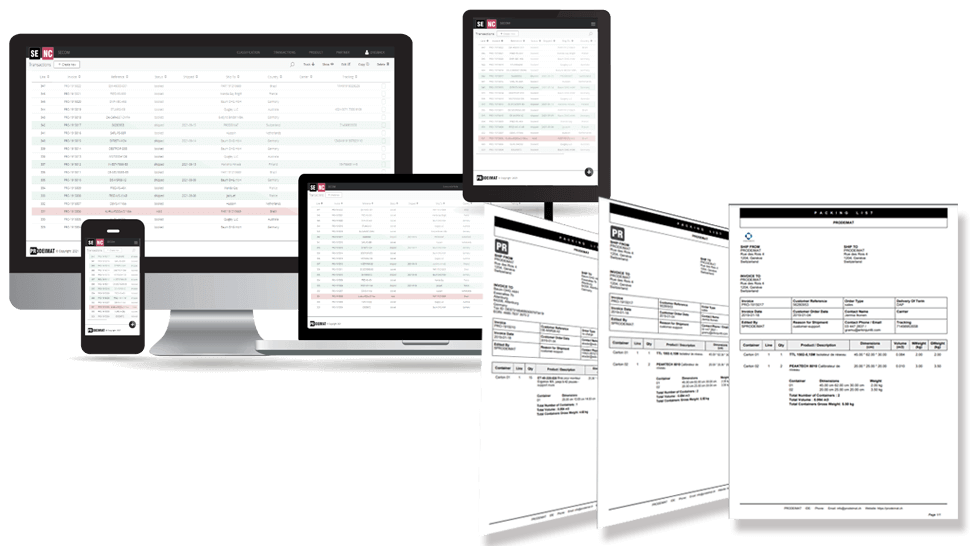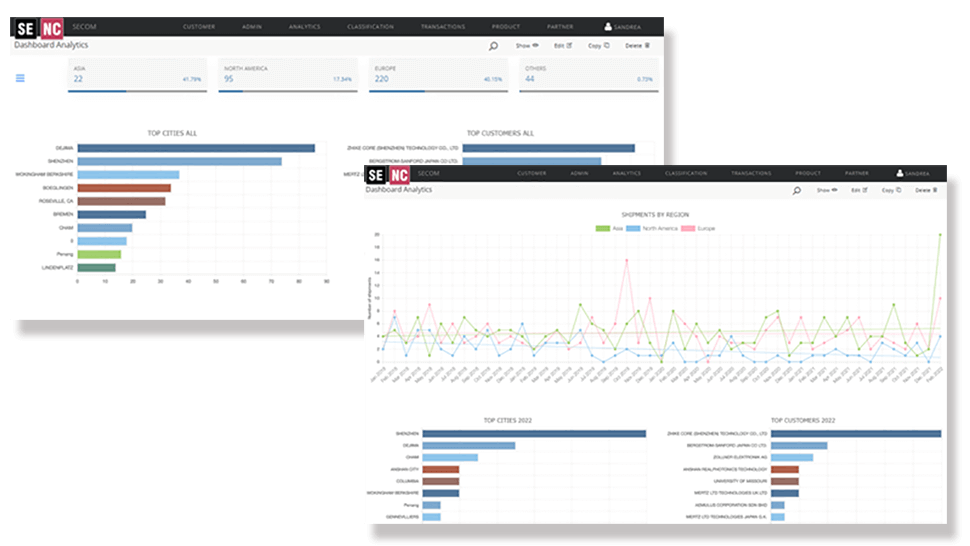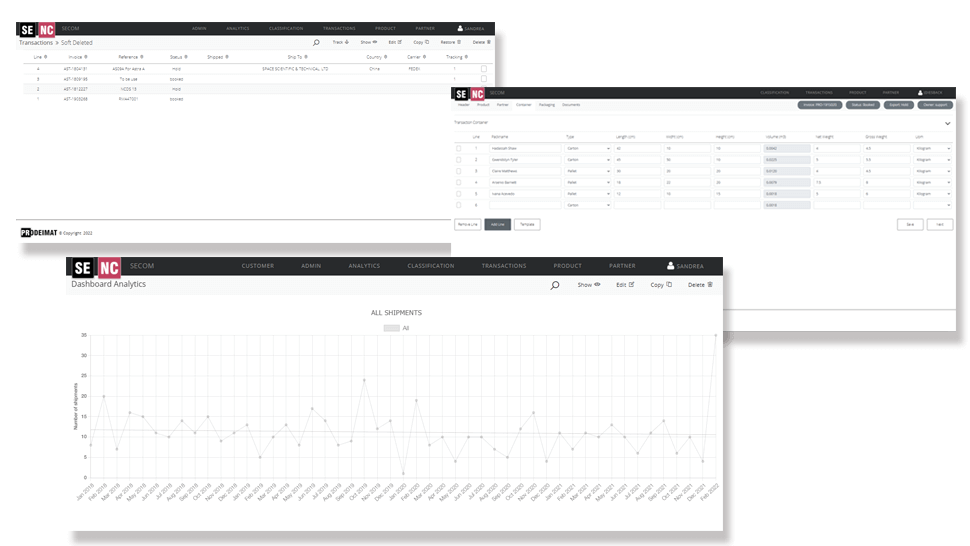EUR1 Certificate: Everything you need to know
The EUR1 certificate is one of the many ways the European Community opens its trade to the world. Just as you can take advantage of Free Trade Agreements (FTA) to access tariff discounts, you can also use Trade Agreements, such as the EUR1 Certificate for the same benefit. What you have to do is to certify that the origin of your goods is European so you can participate in the preferences granted unilaterally by the European Union (EU) and the European Free Trade Association (EFTA) with specific countries.
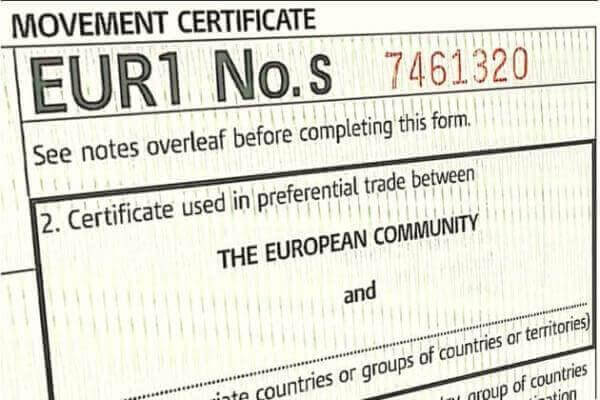
The EUR1 certificate is one of the many ways the European Community opens its trade to the world.
Just as you can take advantage of Free Trade Agreements (FTA) to access tariff discounts, you can also use Trade Agreements, such as the EUR1 Certificate for the same benefit.
What you have to do is to certify that the origin of your goods is European so you can participate in the preferences granted unilaterally by the European Union (EU) and the European Free Trade Association (EFTA) with specific countries.
If you are an importer, buying a product from a country that belongs to the European Union, this document will benefit you with a tariff reduction.
And if you are an exporter, selling products to the European Union or EFTA with this certificate will allow you to pay less taxes, so, better business conditions.
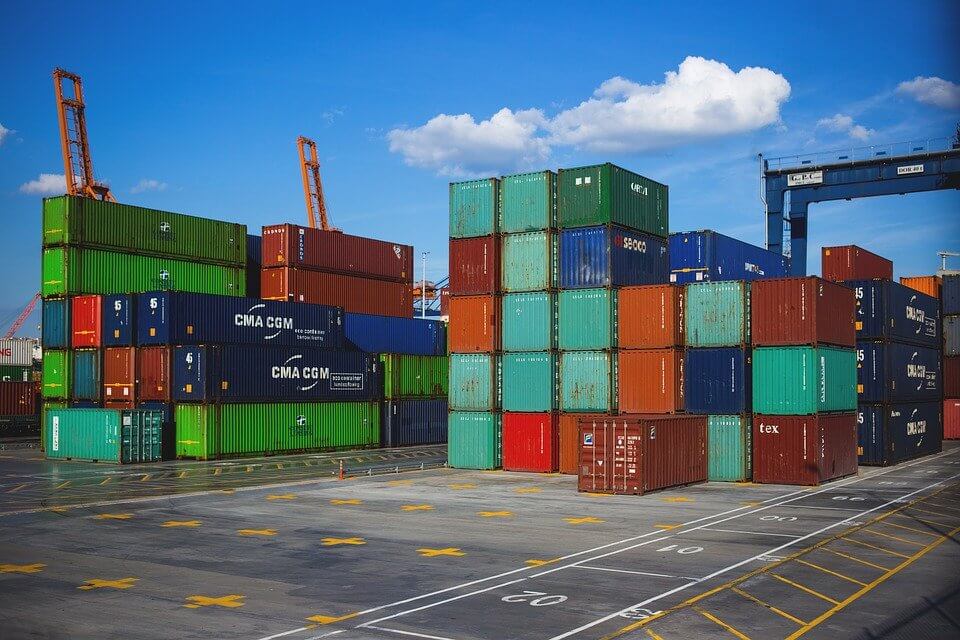
Which countries have an agreement if they have access to the EUR1 certificate?
The EUR1 Certificate is valid as a proof of origin of your product. The countries that are usually within this group trade with Mediterranean countries, EFTA, ACP countries (Africa, Caribbean and Pacific), Overseas Countries and Territories (OCT).
With ACP and OCT countries the European Union has signed agreements for countries subscribed to Bilateral Preferential Agreements (South Africa, Mexico and Chile).
- Countries with last generation agreements: Colombia, Peru, Ecuador and Central America.
- Deep and Comprehensive Free Trade Zones: Ukraine, Moldova and Georgia
- Western Balkans: Albania, Bosnia and Herzegovina, Former Yugoslav Republic of Macedonia, Kosovo, Montenegro and Serbia.
Economic Partnership Agreements between:
- Cariforum and the EU: Antigua and Barbuda, Bahamas, Barbados, Belize, Dominica, Dominican Republic, Grenada, Guyana, Jamaica, St. Vincent and the Grenadines, St. Kitts and Nevis, St. Lucia, Suriname, Trinidad and Tobago and the 28 member states of the European Union participate.
- Eastern and Southern African States and the EU: in which Madagascar, Mauritius, Seychelles, Zimbabwe and the 28 member states of the European Union are party.
- Pacific States and the EU: Including Fiji, Papua New Guinea and the 28 member states of the European Union.
- SADC: Including Botswana, Lesotho, Mozambique (not yet ratified).
Steps to follow to obtain an EUR1
In order to obtain this document you have to go to the respective official entity in your country, it can be the Ministry of Foreign Trade, Customs or a certifying entity in your country.
In Swtizerland, the Chamber of Commerce of your city is the entity in charge of this procedure. Customs in the European Union are also in charge of this function.
Remember that the certificate of origin issued by the Chamber of Commerce of your country does not replace the EUR1.
The protocols of the preferential agreements for tariff reductions established with the EUR1 are only valid with this document.
If the origin of the goods is of EU origin (i.e. from a country of the European Union) then you must go to customs and start the procedure.
An important thing to remember is that the data on the EUR1 Certificate must be the same as the commercial invoice, because it is important for the authorities to be able to corroborate it.
You must also consider that it is not enough to process it only once, the EUR1 must be processed for each commercial operation.
Complications with the EUR1 Certificate
These procedures are only carried out upon request of the exporter or the authorized representative, presenting a form in accordance with the CAU Executive Regulations, as proof of origin applicable within the framework of the rules of origin of tariff preferences with third countries.
Therefore, if the rules of these agreements are not complied with, it may happen that they end up not issuing the EUR1. It often happens that being "made in UE" is not a guarantee to prove that a merchandise originates in the European Union.
Here are some cases that could happen to you:
If you lose your EUR1 movement certificate:
You will have to request a new duplicate from the authorities that issued it previously.
The duplicate must be marked "duplicate" in the Remarks section with the date of issue. This will take effect from that date.
If the EUR1 certificate is rejected:
At the time of export this document will be issued, it will rarely be delivered after the actual export, except in these cases:
When errors are made at the time of issuing the document, such as: inadvertent omissions or special circumstances.
If you are issued a EUR1 certificate that was not accepted in the end because it contains technical faults.
In both cases, you must make it clear that this document was issued "a posteriori" as a special mention.
If you forget to process the EUR1:
If you forget, you should start processing the goods within the shortest period of time, so that you have it before your goods arrive at their destination.
Otherwise, you will find your containers detained at the port or airport of the country where they should arrive, paying extra costs for that.
When does a EUR1 Certificate apply?
Many entrepreneurs often confuse between the Certificate of Origin and the Certificate of Provenance.
We clarify that there are two ways to certify the origin of the goods: The first is with the EUR1 and the other way would be the invoice declaration.
The latter is intended for companies exporting to countries with which the EU has preferential trade agreements.
Only in this situation it is not necessary to request the EUR1 in each operation.
Please note that this procedure can only be done by exporters who have an "authorized exporter" number. And if the value of the shipment is less than 6 thousand euros.
Now, let's give examples:
If a merchandise exported in Spain has been manufactured in France, then you can have a EUR1 Certificate, because France belongs to the EU countries.
On the other hand, you will not be able to obtain the EUR1 if an exporter from Turkey would like to obtain the EUR1 but your goods are manufactured in China.
